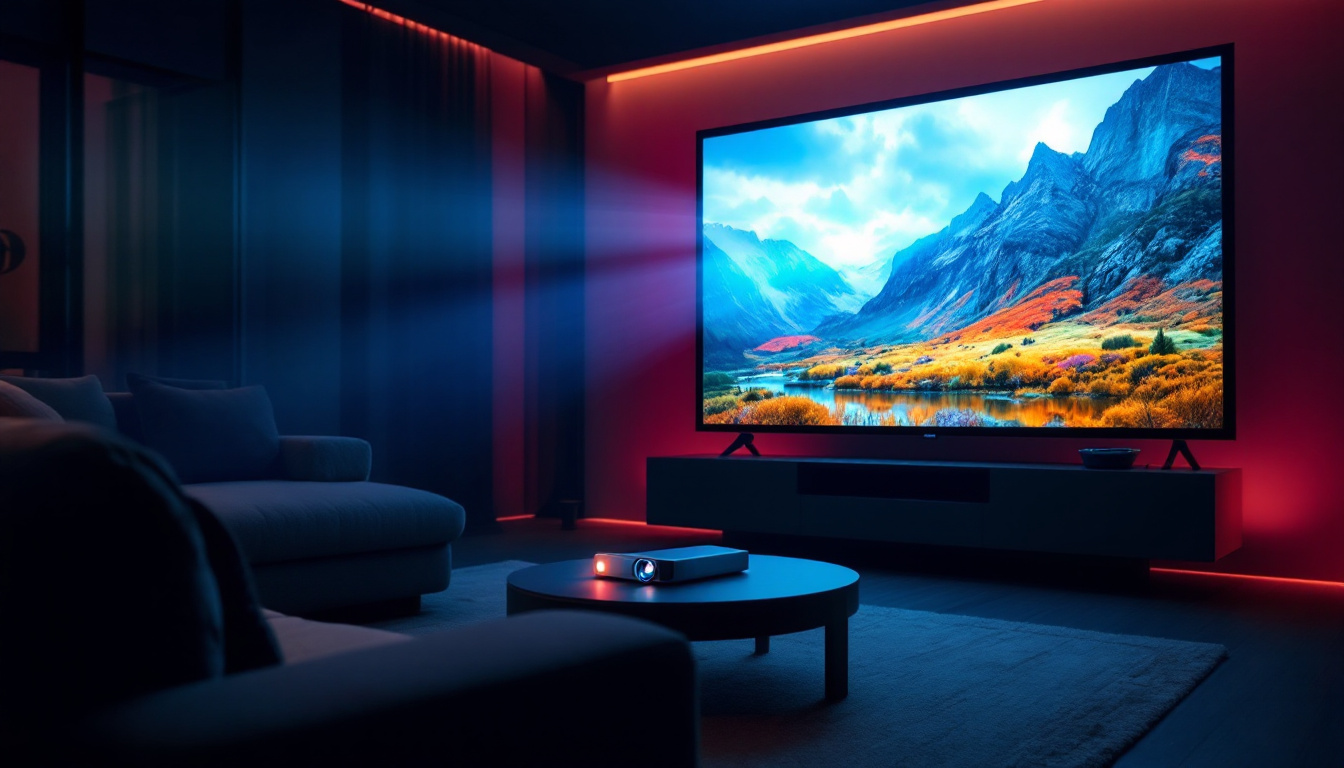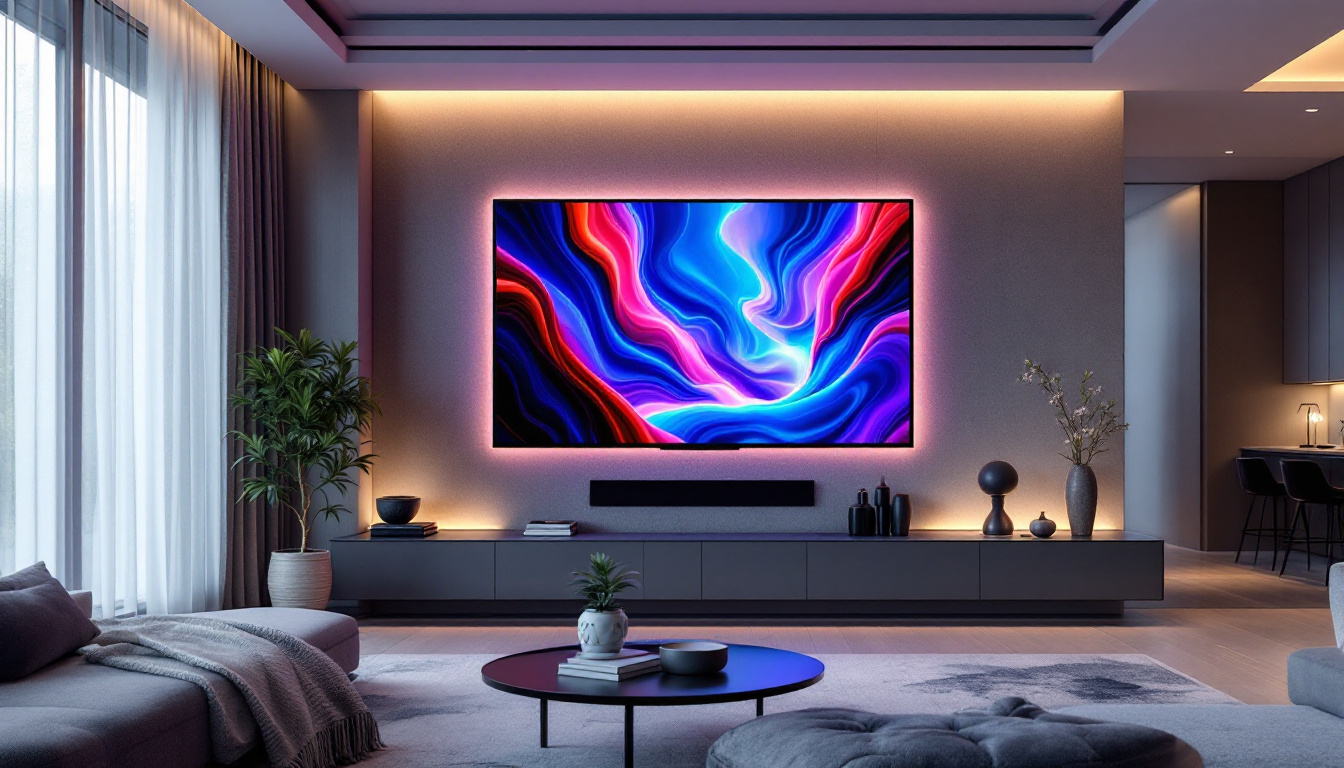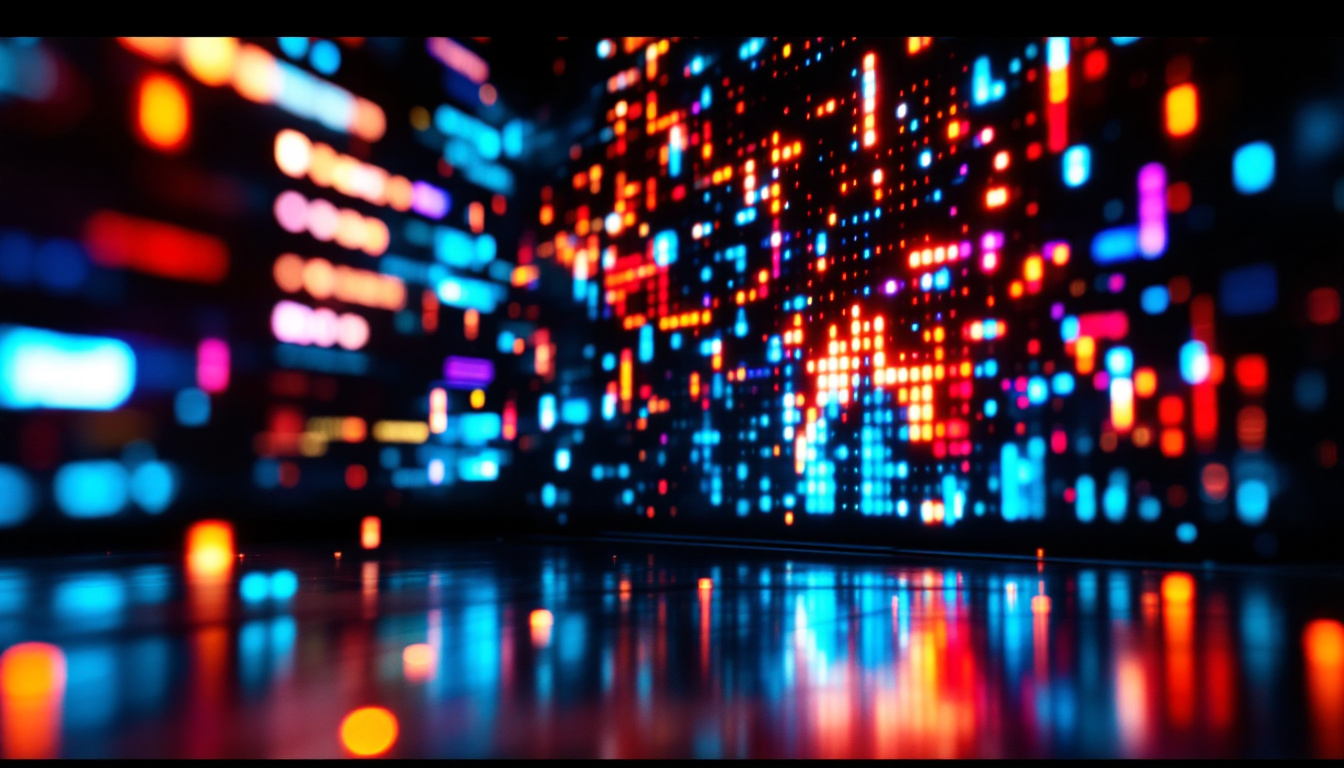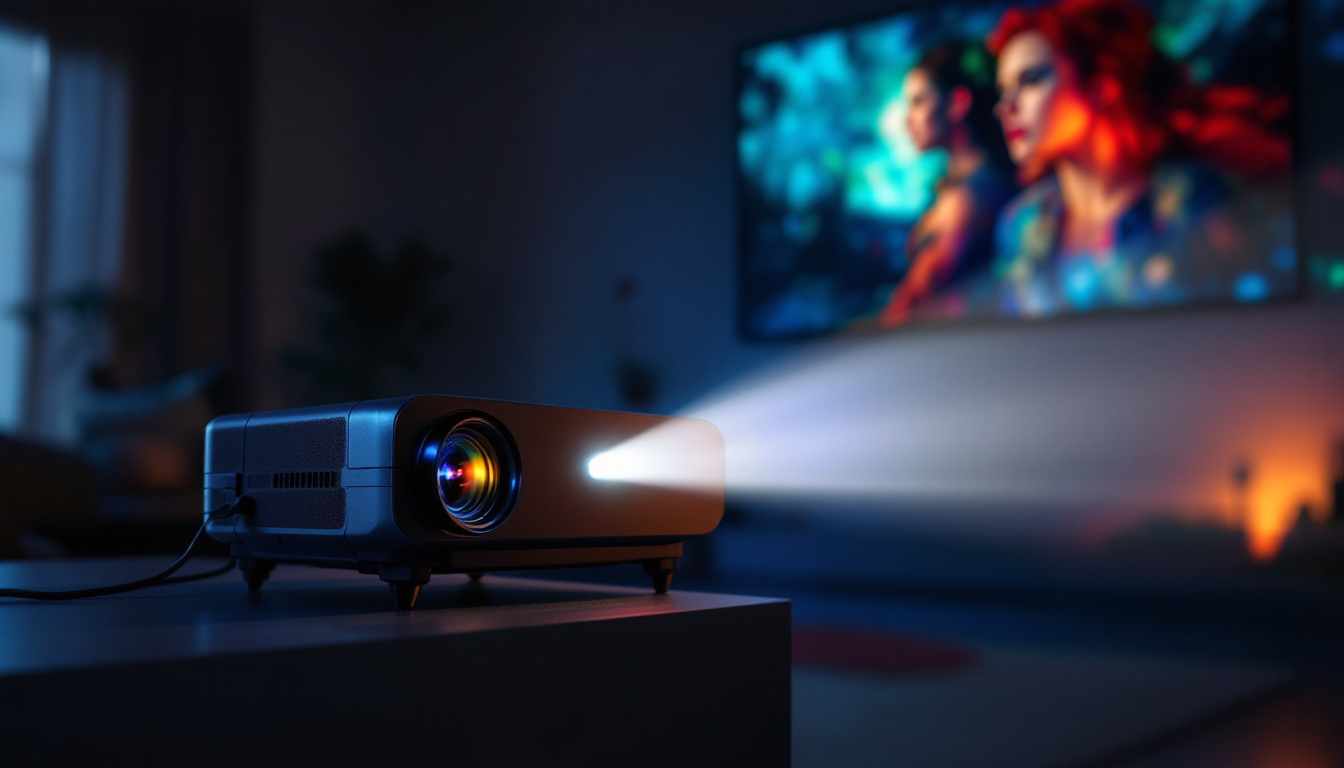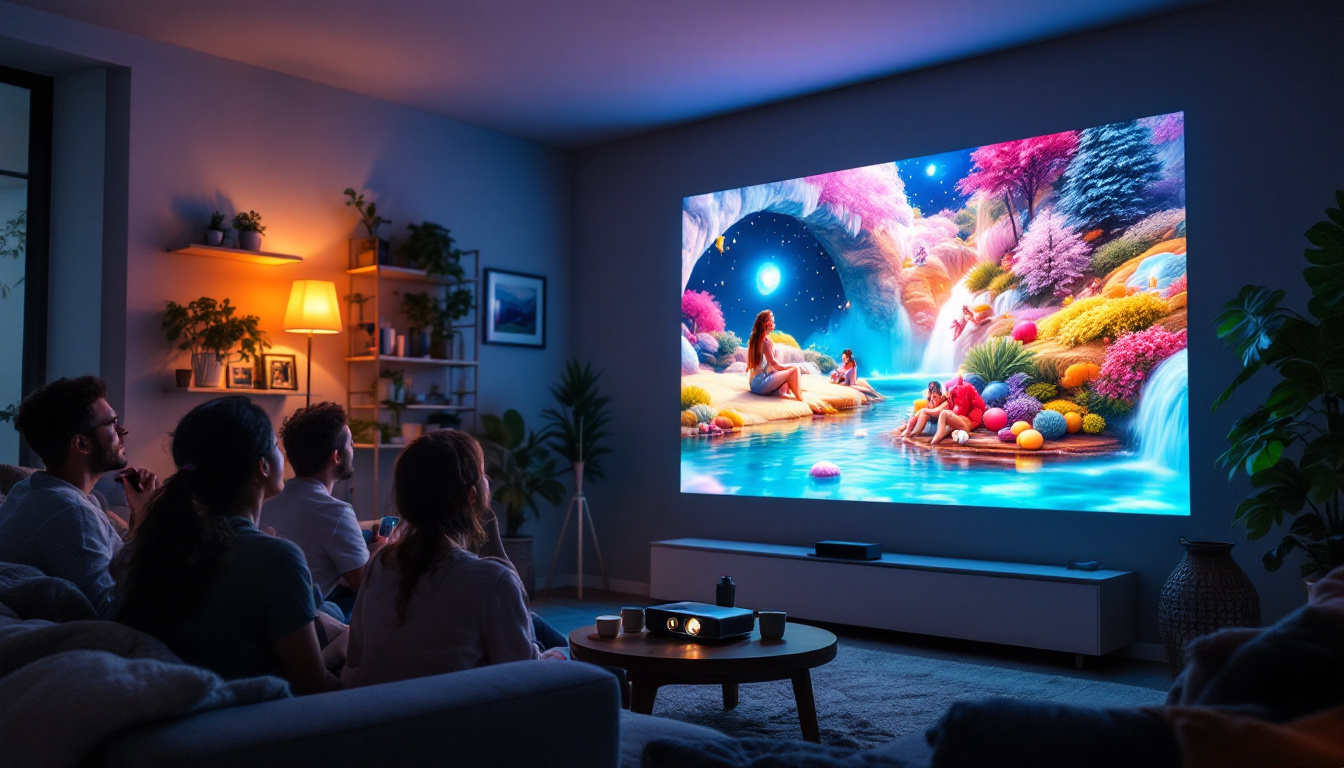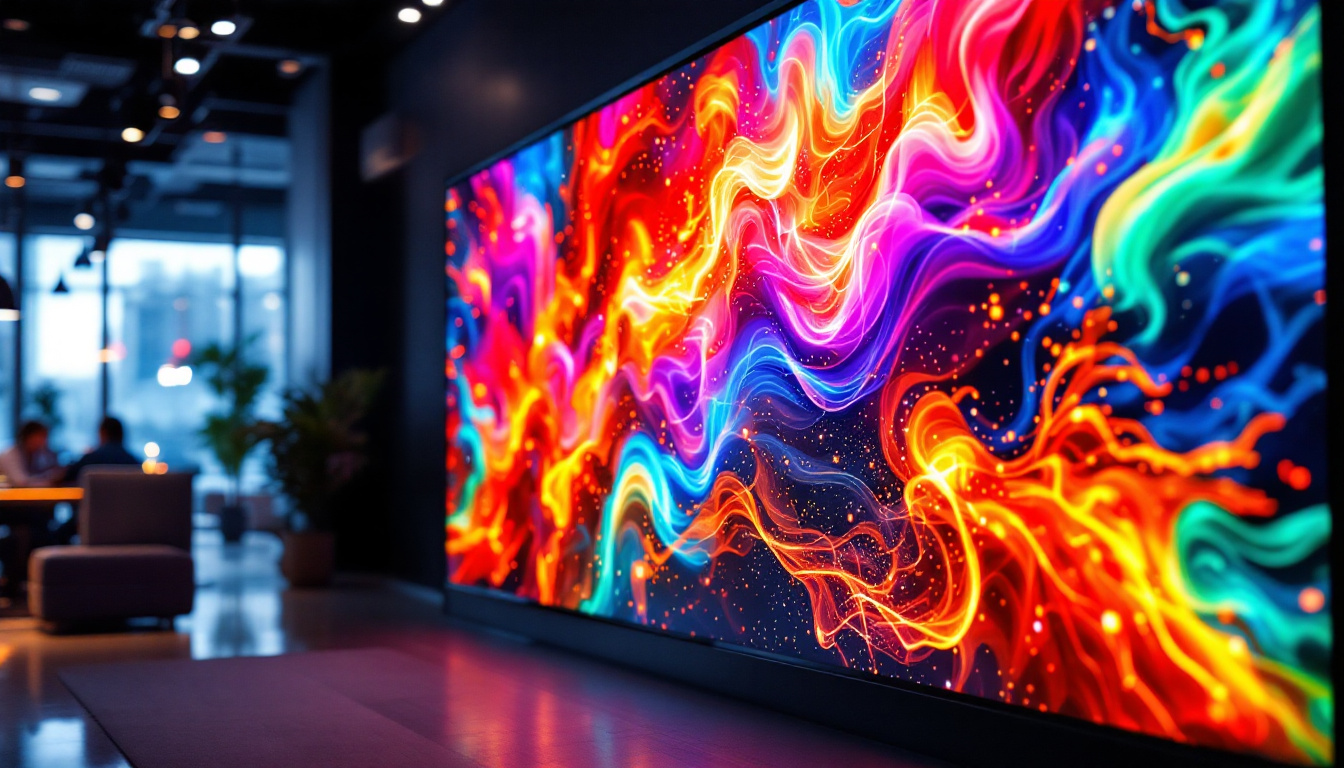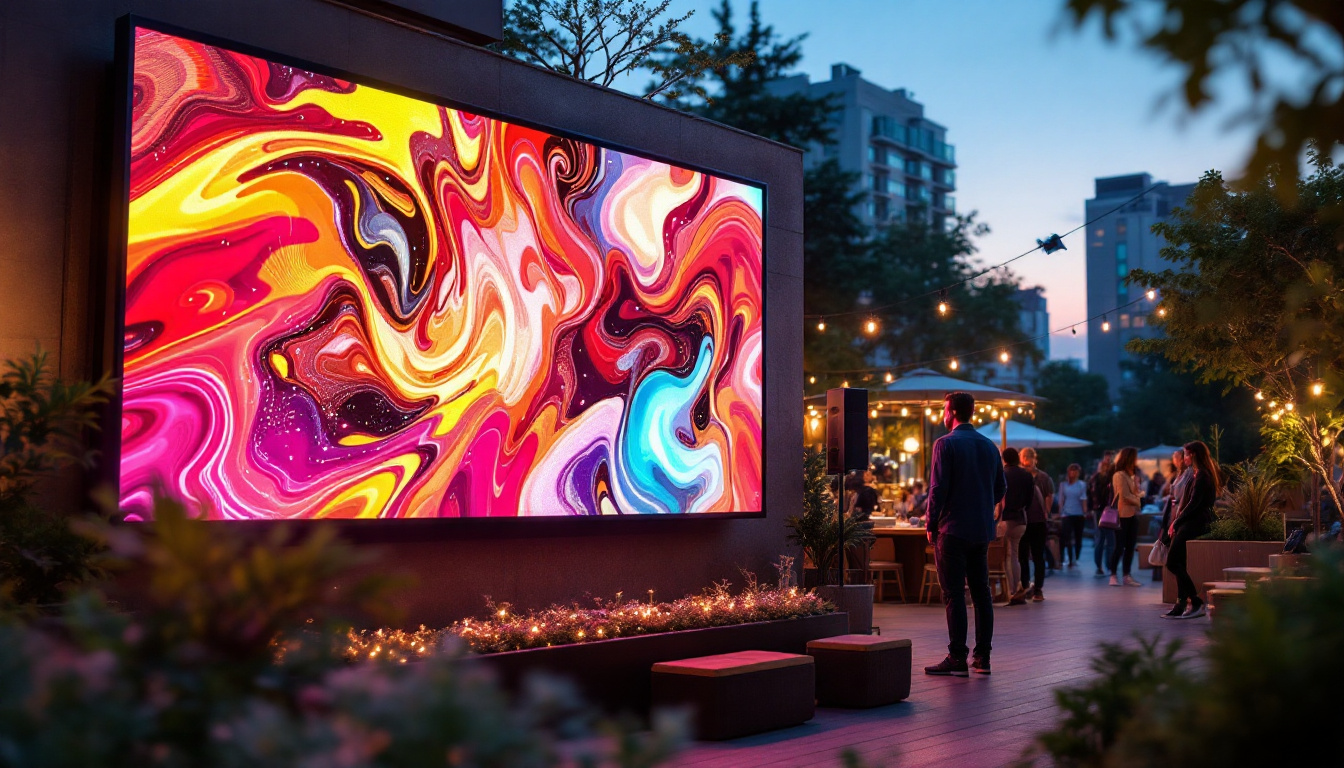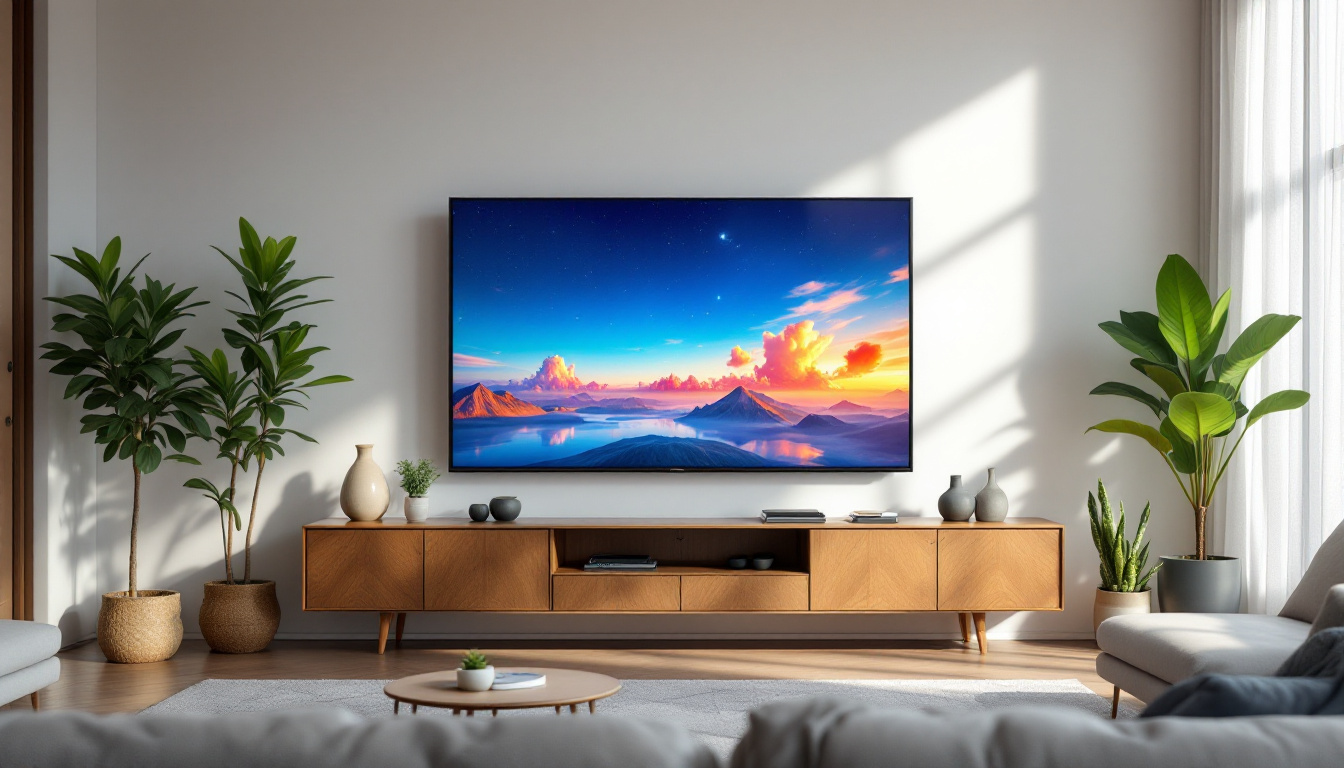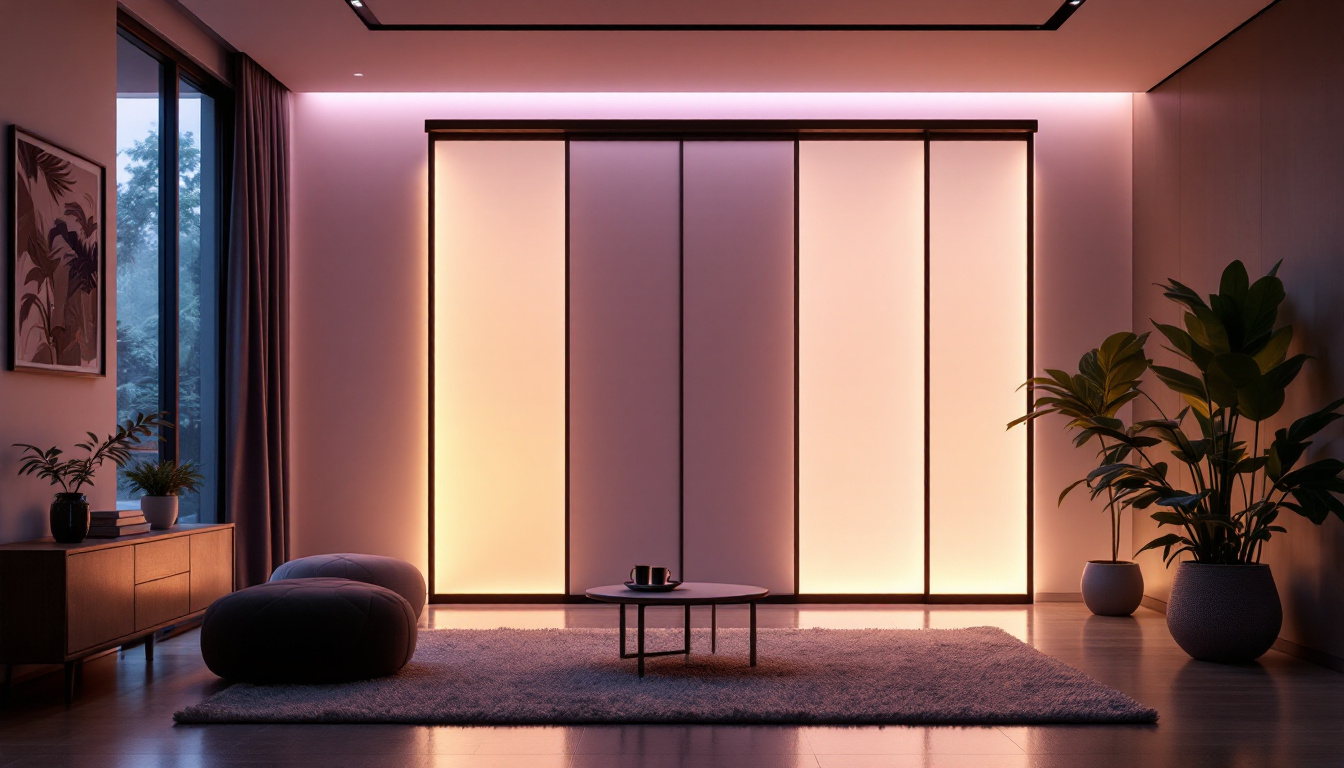In the realm of modern technology, LCD projectors have become a staple in both professional and personal environments. With the evolution of display technologies, understanding how LED displays work within these projectors is essential for making informed decisions. This article aims to elucidate the intricacies of LCD projectors and the role of LED displays, providing a comprehensive guide for users.
Understanding LCD Projectors
LCD (Liquid Crystal Display) projectors utilize liquid crystals to modulate light and create images. They are widely recognized for their ability to produce vibrant colors and sharp images, making them ideal for presentations, home theaters, and educational settings. The basic operation of an LCD projector involves several key components that work together seamlessly.
Key Components of LCD Projectors
The primary components of an LCD projector include the light source, LCD panels, and optics. The light source, often a high-intensity lamp, illuminates the LCD panels. These panels consist of liquid crystals sandwiched between two layers of glass. When electrical signals are applied, the crystals align to either block or allow light to pass through, creating the desired image.
Optics play a crucial role in projecting the image onto a screen. The lens system focuses the light emitted from the LCD panels, ensuring that the image is clear and properly scaled. Additionally, many modern LCD projectors come equipped with features such as zoom and keystone correction to enhance image quality and adaptability to various environments. Some advanced models even incorporate short-throw technology, allowing users to project large images from a short distance, which is particularly useful in smaller rooms.
Advantages of LCD Projectors
One of the standout advantages of LCD projectors is their ability to produce bright and vibrant colors. This is particularly beneficial in well-lit environments where other types of projectors may struggle. Furthermore, LCD projectors typically have a longer lifespan compared to traditional bulb-based projectors, reducing maintenance costs over time. The color accuracy and consistency of LCD projectors also make them a favorite among graphic designers and photographers who require precise color representation for their work.
Another significant benefit is their relatively lightweight and compact design, making them portable and easy to set up. This portability is especially appealing for business professionals and educators who frequently move between locations. Many models also feature wireless connectivity options, allowing users to connect their devices without the hassle of cables. This feature not only enhances convenience but also streamlines the setup process, enabling users to focus on delivering their content rather than managing technical logistics. Moreover, with the rise of smart technology, some LCD projectors now come equipped with built-in streaming capabilities, allowing users to access presentations and videos directly from the internet, further enhancing their versatility and utility in various settings.
LED Technology in Projectors
LED (Light Emitting Diode) technology has revolutionized the way projectors operate. While traditional projectors rely on lamps, LED projectors utilize diodes as their light source. This shift not only improves energy efficiency but also enhances the overall performance of the projector.
How LED Displays Work
In an LED projector, the light source consists of multiple LED chips that emit light across a spectrum of colors. These chips can be combined to create a full-color image, which is then modulated by the LCD panels. The integration of LED technology allows for a more consistent brightness and color accuracy, resulting in superior image quality.
Moreover, LED projectors typically have quicker startup times than their lamp-based counterparts. Users can enjoy immediate use without the lengthy warm-up periods associated with traditional projectors. This feature is particularly advantageous in dynamic environments where time is of the essence.
Benefits of LED Displays in Projectors
The most notable benefit of LED displays in projectors is their longevity. LED light sources can last up to 30,000 hours, significantly outpacing traditional lamps, which may need replacement after 2,000 to 5,000 hours. This longevity translates to lower operational costs and less frequent maintenance.
Additionally, LED projectors are more environmentally friendly. They consume less power and do not contain hazardous materials, making them a safer choice for both users and the planet. The reduced energy consumption also contributes to lower electricity bills, a consideration that is increasingly important in today’s eco-conscious society.
Comparative Analysis: LCD vs. LED Projectors
When considering a projector, it is essential to understand the differences between LCD and LED technologies. While both have their unique advantages, the choice ultimately depends on the specific needs and preferences of the user.
Image Quality
LCD projectors are renowned for their ability to produce sharp images with excellent color reproduction. They excel in environments where color accuracy is paramount, such as graphic design or photography. On the other hand, LED projectors also deliver impressive image quality but may not match the color depth of high-end LCD models.
However, LED projectors have the advantage of better contrast ratios and deeper blacks, which can enhance the viewing experience, especially in darker settings. For home theater enthusiasts, this aspect can significantly impact the overall enjoyment of films and videos.
Portability and Setup
In terms of portability, LED projectors often have the upper hand due to their compact size and lightweight design. Many LED models are designed with ease of use in mind, allowing for quick setup and takedown, making them ideal for traveling professionals or educators.
Conversely, while LCD projectors can also be portable, they may be bulkier and heavier, depending on the model. Users should consider their specific needs when evaluating portability and ease of use.
Cost Considerations
Cost is a significant factor for many consumers when choosing a projector. Generally, LCD projectors tend to be more affordable upfront, making them an attractive option for budget-conscious buyers. However, the long-term costs associated with lamp replacements can add up over time.
LED projectors, while often more expensive initially, offer savings in the long run due to their extended lifespan and lower energy consumption. Users should weigh the initial investment against potential future costs to determine the best option for their situation.
Choosing the Right Projector for Your Needs
Selecting the right projector involves understanding the specific requirements of the intended use. Whether for business presentations, educational purposes, or home entertainment, each scenario demands different features and capabilities.
Business Presentations
For business environments, clarity and brightness are paramount. A projector with high lumens is essential to ensure visibility in well-lit conference rooms. An LCD projector may be ideal in this case due to its superior color accuracy and brightness levels.
Additionally, features such as wireless connectivity and compatibility with various devices can enhance productivity and ease of use during presentations. Users should consider projectors that offer these functionalities to streamline their workflow.
Home Theater Setup
When it comes to home theater systems, the focus shifts to image quality and contrast. An LED projector may be preferable for those who prioritize deep blacks and vibrant colors, especially in darker viewing environments. The enhanced contrast ratios can significantly improve the cinematic experience.
Furthermore, users should consider the projector’s resolution and compatibility with high-definition content to ensure an immersive viewing experience. Investing in a projector that supports 4K resolution can future-proof the setup as more content becomes available in higher formats.
Educational Use
In educational settings, versatility and ease of use are crucial. A lightweight and portable projector can facilitate easy transport between classrooms. Both LCD and LED projectors can serve this purpose, but LED projectors may offer the added benefit of lower maintenance and longer operational life, reducing downtime in educational environments.
Features such as interactive capabilities and connectivity options can further enhance the learning experience. Educators should look for projectors that support these functionalities to engage students effectively.
Maintenance and Care for Projectors
Regardless of the type of projector, proper maintenance is essential to ensure longevity and optimal performance. Understanding how to care for both LCD and LED projectors can help users maximize their investment.
Regular Cleaning
Dust and debris can accumulate on the lens and filters, impacting image quality. Regularly cleaning these components is crucial. Users should refer to the manufacturer’s guidelines for specific cleaning instructions to avoid damage.
Additionally, ensuring that the projector is stored in a clean, dry environment can help prevent dust buildup and prolong its lifespan. Using a protective case during transport can also safeguard against physical damage.
Software Updates
Many modern projectors come equipped with software that may require periodic updates. Keeping the firmware up to date can enhance performance and introduce new features. Users should check the manufacturer’s website regularly for available updates and follow the installation instructions carefully.
Monitoring Usage
Monitoring the usage of the projector can help users anticipate maintenance needs. Keeping track of lamp hours for LCD projectors can provide insight into when replacements may be necessary. For LED projectors, users should still monitor performance to ensure optimal functionality.
Conclusion
In summary, understanding the dynamics of LCD projectors and the integration of LED technology is crucial for making informed decisions. Both technologies offer unique advantages, catering to different needs and preferences. By considering factors such as image quality, portability, cost, and intended use, users can select the projector that best suits their requirements.
Whether for business, education, or home entertainment, the right projector can significantly enhance the viewing experience. With proper care and maintenance, users can ensure their investment remains reliable and effective for years to come. As technology continues to evolve, staying informed about advancements in projector technology will empower users to make the best choices for their specific needs.
Discover LumenMatrix’s Advanced LED Display Solutions
Ready to elevate your visual experience with the latest in LED display technology? Look no further than LumenMatrix, a pioneer in crafting immersive LED display modules tailored for a variety of applications. From dynamic Indoor LED Walls to robust Outdoor LED Displays, and from versatile Vehicle LED Displays to innovative Custom LED Solutions, LumenMatrix is committed to transforming your visual communication. Enhance your presentations, captivate your audience, and broadcast your message with unparalleled clarity. Check out LumenMatrix LED Display Solutions today and step into the future of digital signage.

